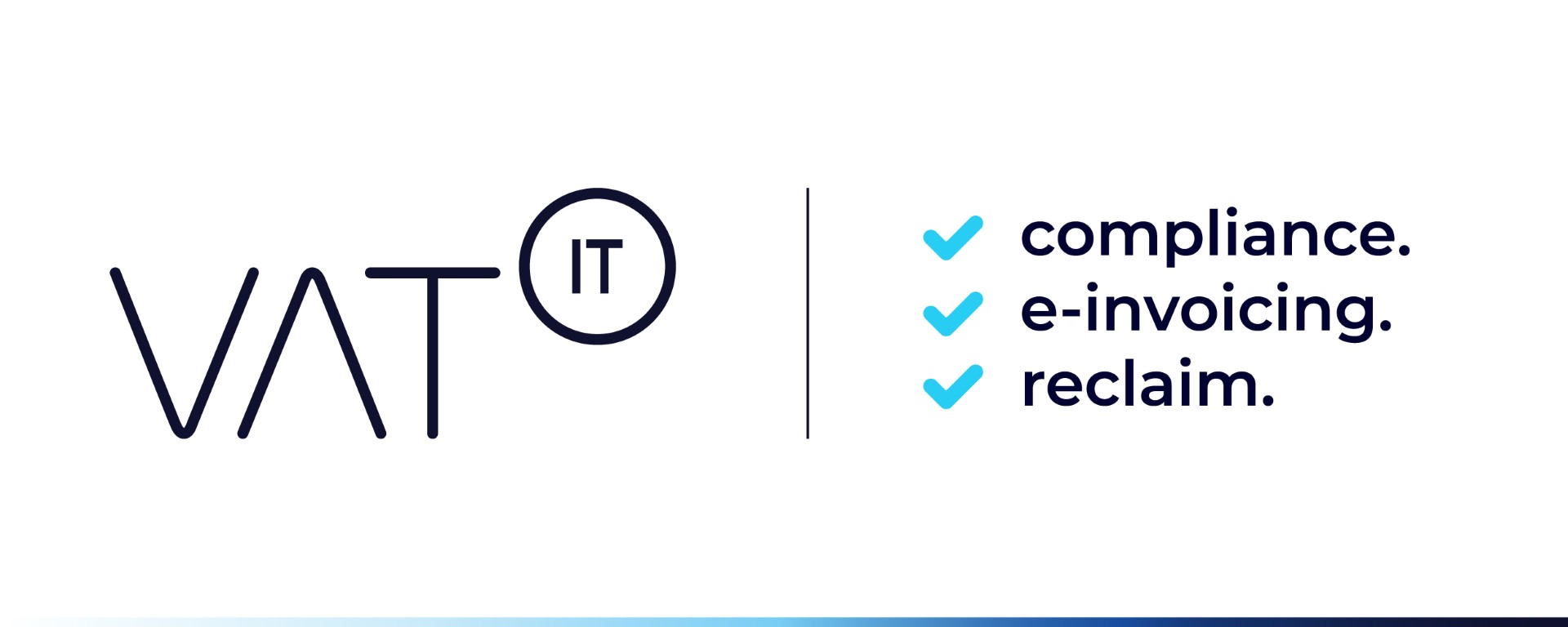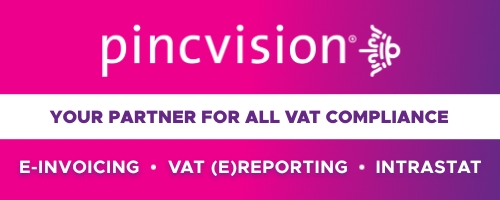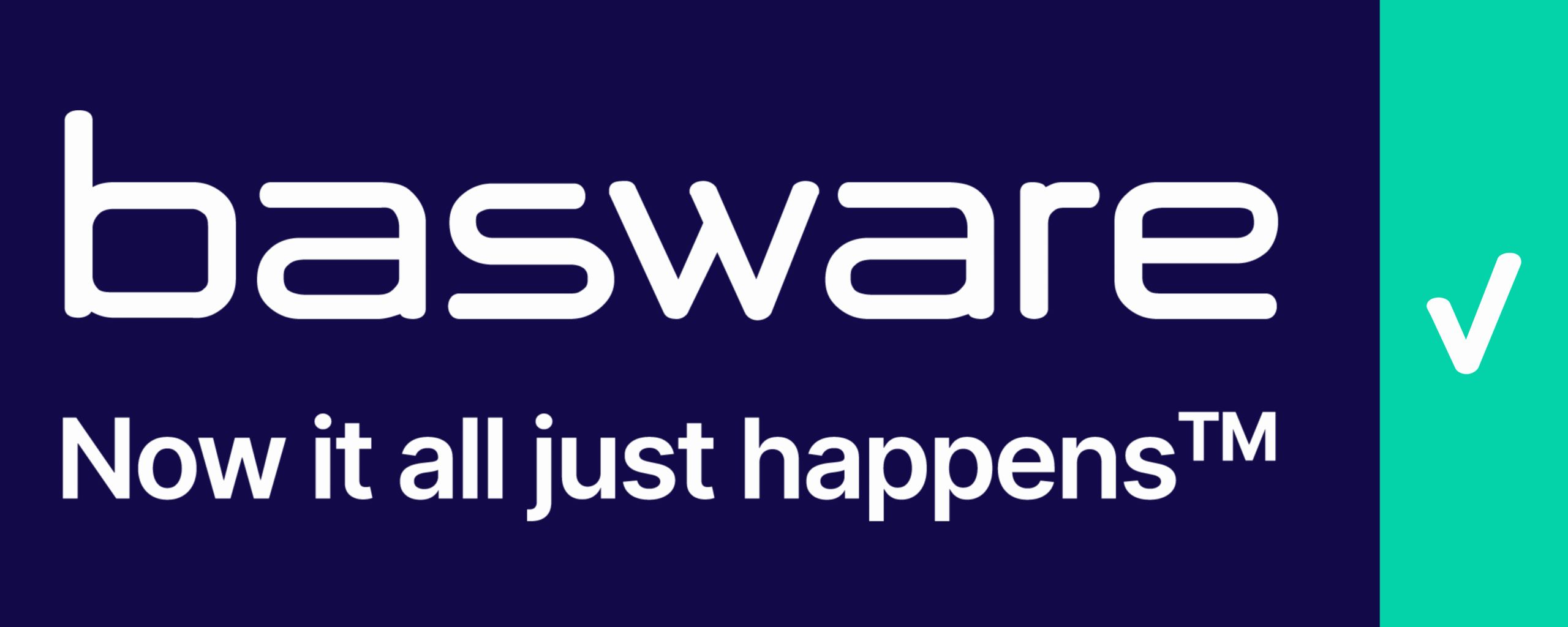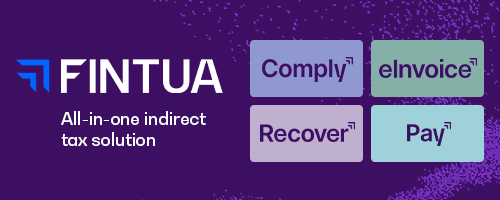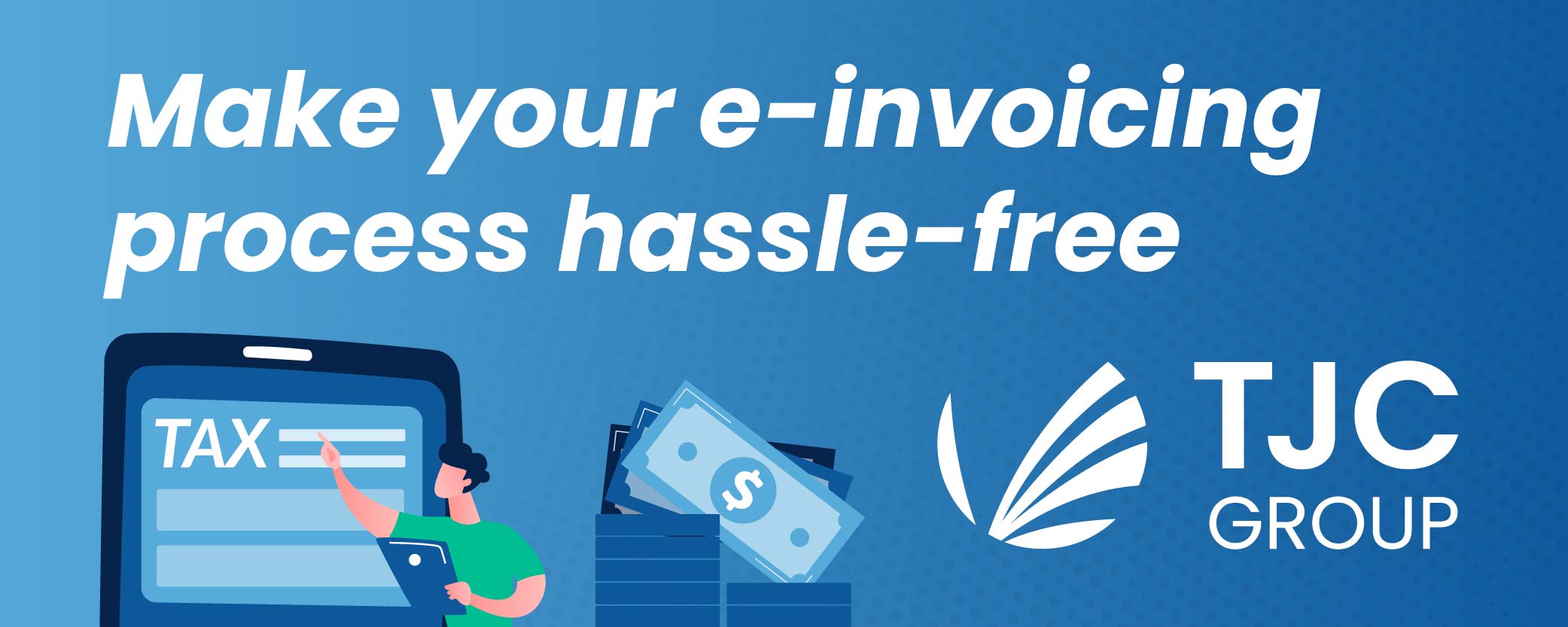Key Focus
The paper explores how the Value Added Tax (VAT) functions as:
- A revenue-raising tool with minimal economic distortions
- A mechanism for achieving non-revenue objectives, such as environmental and health goals
⚙️ Efficiency Highlights
- VAT is more efficient than alternatives like turnover taxes and tariffs, especially in avoiding the cascading effect of input taxation.
- It supports macroeconomic policy, particularly in counter-cyclical fiscal strategies.
Cautions
- While VAT is highly effective for consumption taxation, the authors warn against using it for industrial policy or other areas where it’s less suitable.
Publication Details
- Authors: Ruud de Mooij, Shafik Hebous, Michael Keen
- Series: IMF Working Paper No. 2025/165
- Date: August 22, 2025
Source: imf.org
Note that this post was (partially) written with the help of AI. It is always useful to review the original source material, and where needed to obtain (local) advice from a specialist.
Latest Posts in "World"
- Book: The Essential Guide to e-Invoicing for Tax Professionals
- Global Developments in Electronic Cash Register Regulations: Regional Trends and Timelines (2025–2028)
- European Countries Adopt Real-Time VAT Reporting to Combat Fraud and Close Tax Revenue Gaps
- Global VAT legislative Changes as of January 1, 2026
- IMF’s Reverse Method: Estimating Global VAT Compliance Gaps Without Costly Audits Across 111 Countries





